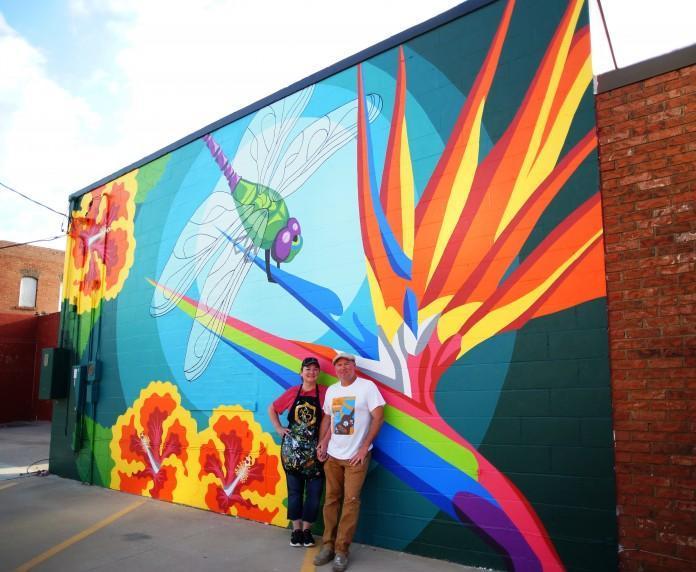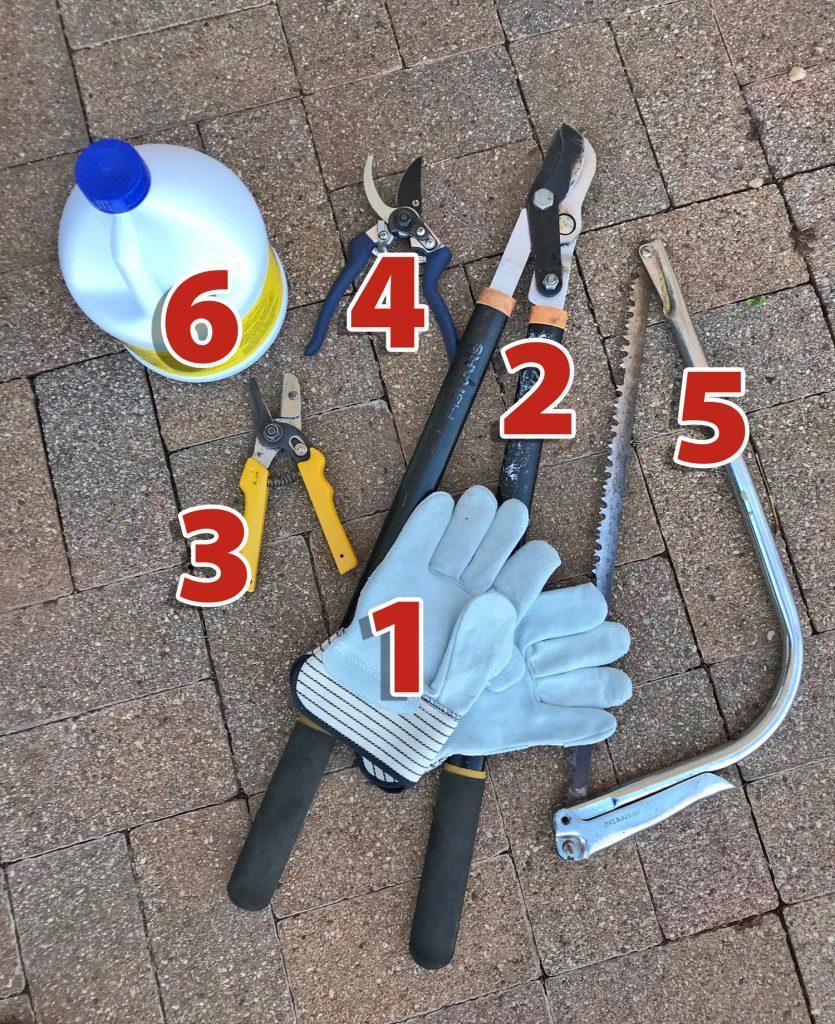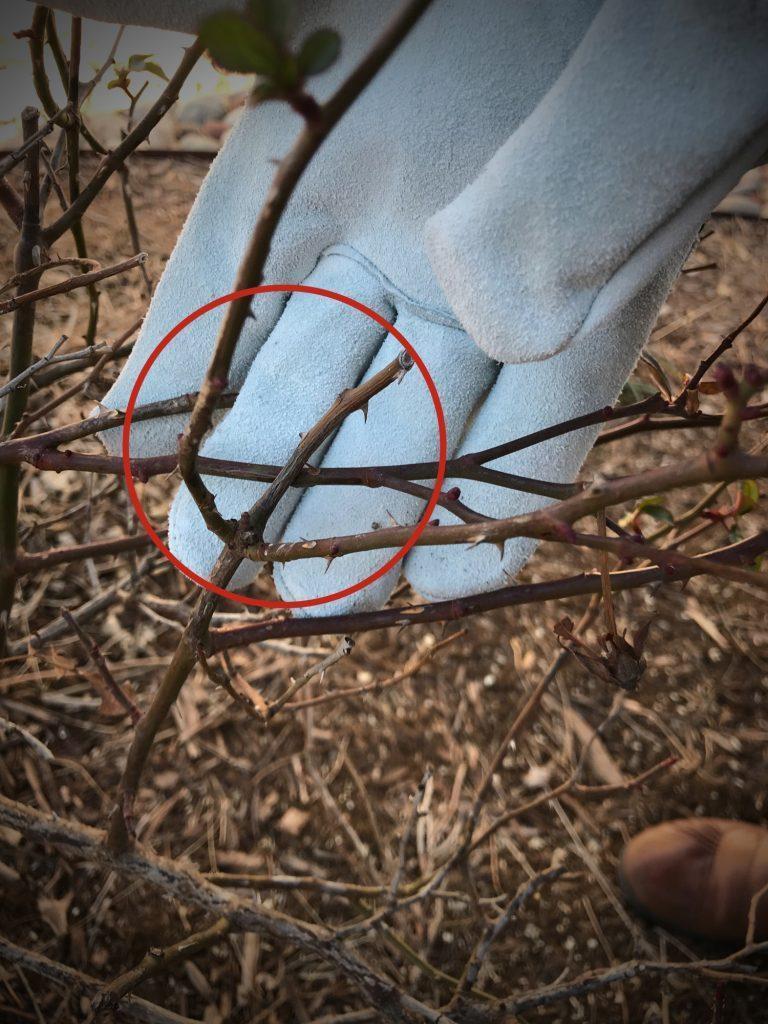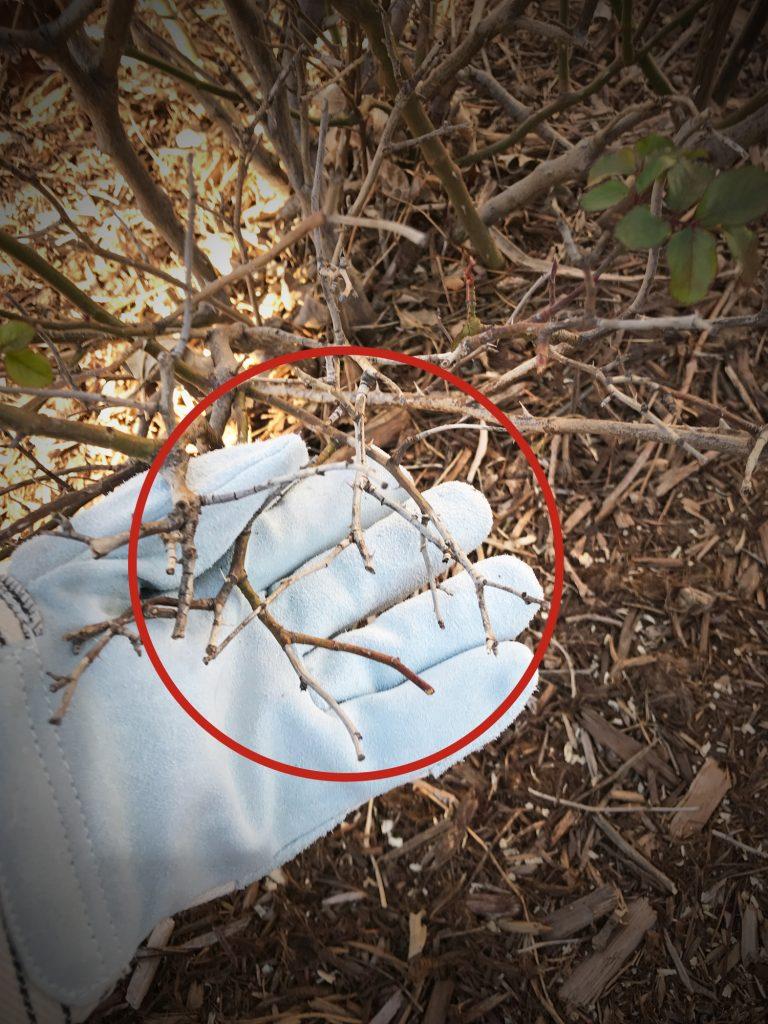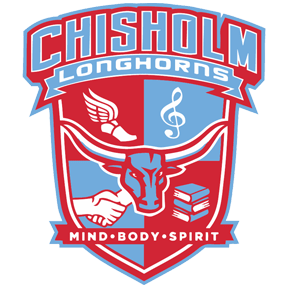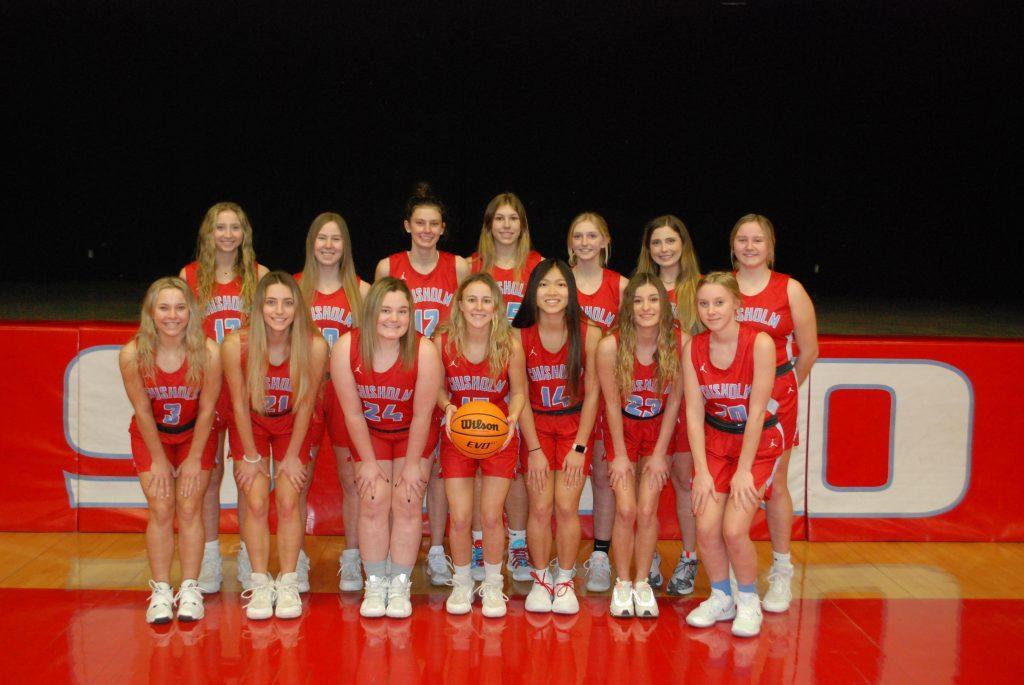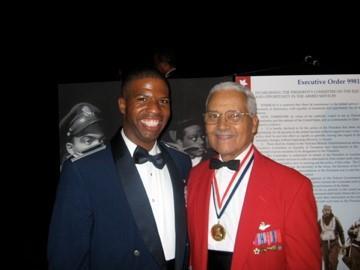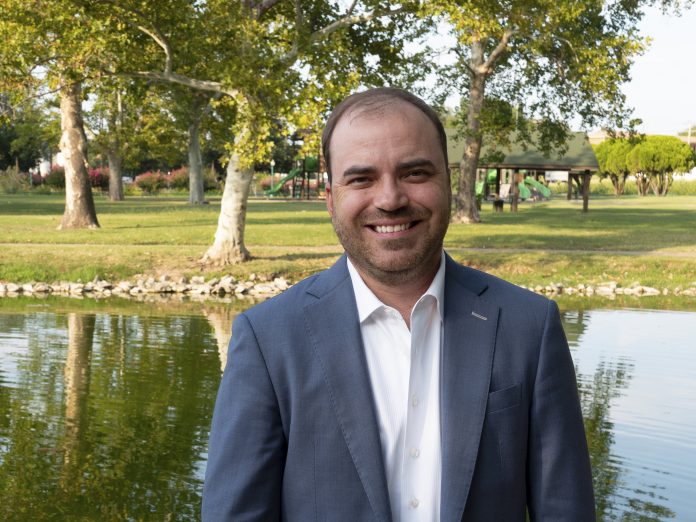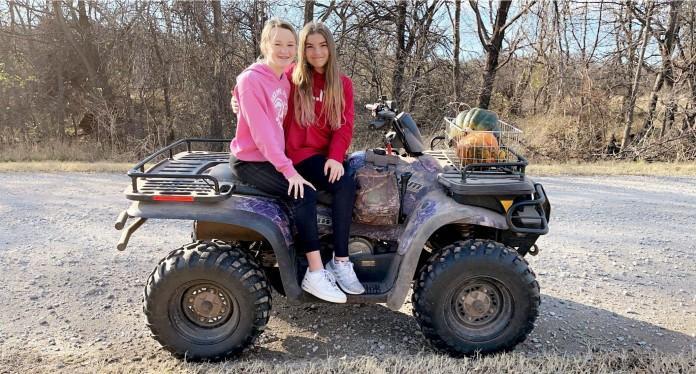No surprise to anyone, but family and friends tend to gather in the kitchen regardless of the other available areas in the home. Trends are centering around cozy and comfortable kitchens. Here are a few easy and helpful tips to “cozy up” your kitchen.
Accent on Vintage – Shiny and bright are out. To keep things warm and cozy, cabinets are painted muted colors and glazed for an aged look. Countertops are also less shiny. Granite or stone countertops feature a honed finish, a process that eliminates the sheen on the surface. Fabrics with a vintage appearance soften the space and contribute to the homey feel of the room. Mixed patterns are key but should stay in the same color family for a pulled-together look.

Done-in-a-Day Decorating Ideas – Try these no handyman required ideas to up the cute factor in your cooking space:
- Pull in cottage-style fabric. A Roman shade or tablecloth is all it takes. Pick up one in a floral, check, or toile pattern.
- Display plates on a shelf above a window or doorway, or hang three in a vertical row, from smallest to largest at the top.
- Nothing says cottage charm like a pitcher of fresh-cut flowers. Keep the arrangement full, with blooms right at the rim.
- Mix wood tones. A combination of white distressed, stained, and butcher block will help your kitchen look as if it were put together after many trips to a flea market. Paint or stain wooden chairs or bar stools.
Comfort With Color – Buttery-beige walls are a nice complement. Because the color palette is kept soft and neutral, nothing really stands out and everything blends in harmony. Brighter hues can be added through window treatments and furniture.
Attention to Details – You can’t just hit one store and buy cottage style. Your room should look as if it evolved over time, achieved after years of shopping at flea markets and antique shops. An arrangement of small plates, baskets, or pretty trays adds that special touch. It’s all about having a collected look-nothing matchy-matchy.
In just a few short steps, kitchens are easily transformed into the cozy heart of the home.





